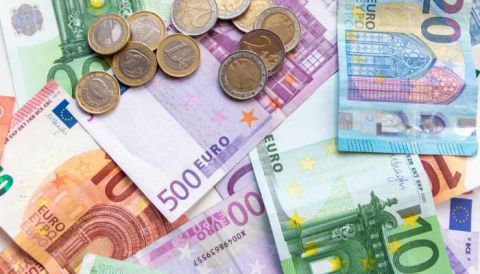Bulgaria and Croatia Accepted by European Central Bank for ERM II
Bulgaria and Croatia have been accepted in for two year waiting room before these European Union member states will be allowed to join Euro as currency. European Union currently has 27 countries and 19 among these member states use Euro as common currency. Bulgaria and Croatia will remain for two years in exchange rate mechanism II, a system under which each country has to stay for two years.
Bulgaria joined EU in 2007 but the locals in Bulgaria are not much interested in joining Euro currency as they fear inflation. While the government has been pushing for ERM-II and has tried a few times to allay fears of people about inflation. For the last few years, Bulgarian leva has been pegged to Euro. Croatian kuna rate has been set at 7.53450 to a Euro.
Romania and Bulgaria have been waiting to be accepted in the Schengen region. Both countries have repeatedly urged European leaders to accept them in Schengen area but it needs support from all European nations. Romania and Bulgaria accept Schengen visa but can’t issue Schengen visa.
In its statement, the European Central Bank said that Bulgaria will also continue implementing the extensive reforms carried out in the judiciary and in the fight against corruption and organised crime in light of their importance for the stability and the integrity of the financial system.
With acceptance in Eurozone, Bulgarian and Croatian banks will be safer and they will be monitored closely by the European Central Bank. Overall, this is a step in the right direction for both the countries.
